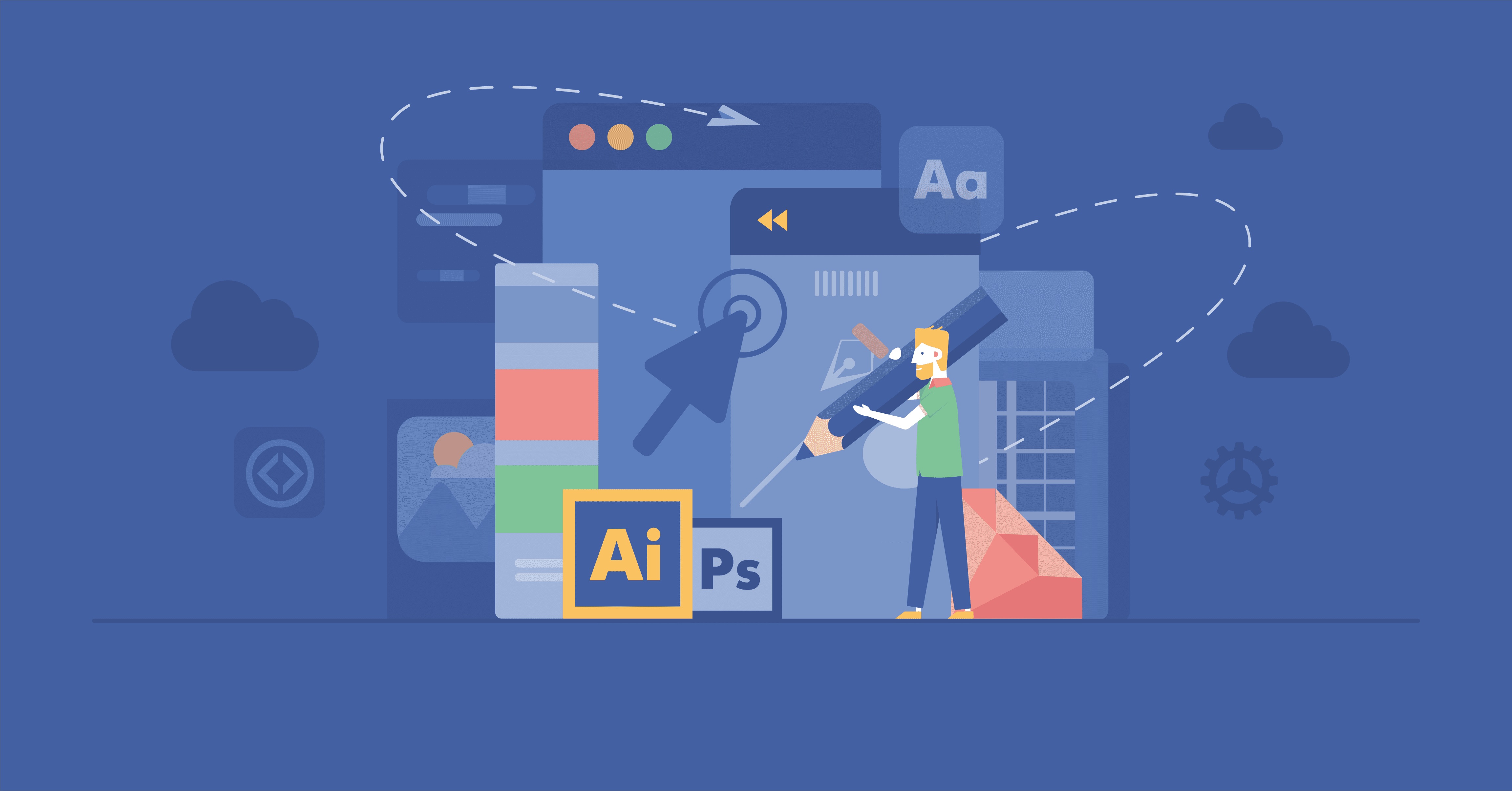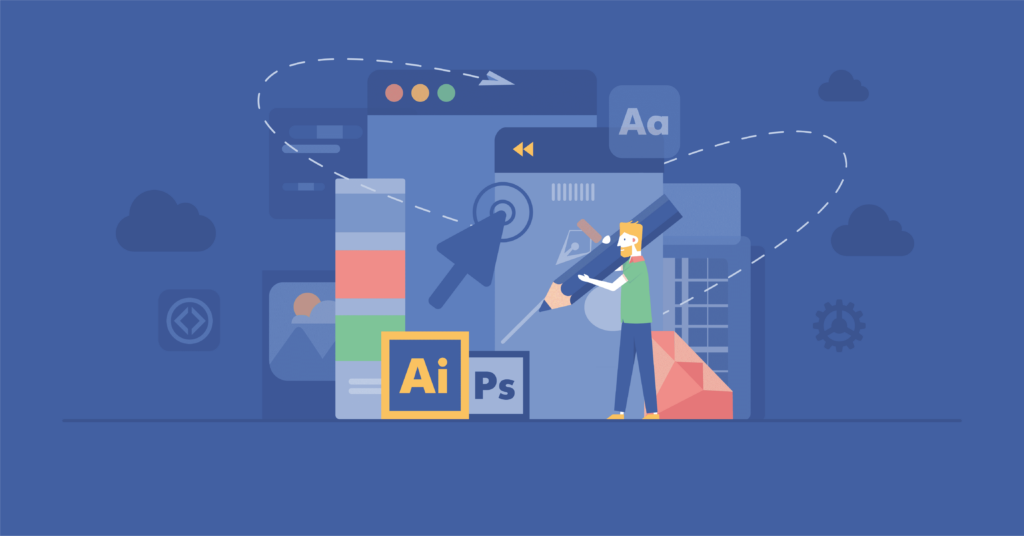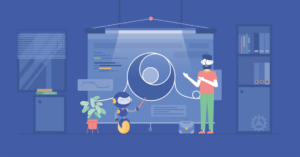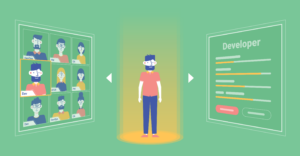If you like to keep up with tech news, you will have undoubtedly heard of the freshly pressed Juicero debacle. In a viral video, Bloomberg reporters demonstrated how the company’s expensive juice packs could easily be squeezed by hand, dramatically exposing the $400 juicer as a ludicrous gimmick. Like wildfire, the internet was quickly set ablaze with comments from consumers who felt they had been swindled to internet trolls gleefully overcome with schadenfreude. Juicero, in turn, found itself in unfamiliar territory. Just a few years ago, the company had been living the Silicon Valley dream, to the point of securing nearly $120 million from major investors like Google and Kleiner Perkins. So where did it all go so horribly wrong?
At the height of the raw food diet craze, Juicero promised a revolutionary machine that would efficiently squeeze large chunks of organic fruits and vegetables. While this was all well and good, like so many others before them, the startup mistakenly believed that a good idea on its own can lead a product to success. In fact, the company’s fate was sealed from the very beginning; the moment they chose to present their product to investors with the help of a non-working prototype. Since then, Juicero continued to ignore the significance of a crucial step in development — the Minimum Viable Product (MVP).
In essence, an MVP represents the smallest possible product that is both usable and valuable to a target audience. When professionally developed, it is able to lower project risks, save money and win over investors. At Software Planet Group, we take this concept to unprecedented levels by affirming that if an MVP cannot be successfully developed in just two weeks, then the final product cannot be achieved at all.
Our method for developing MVPs is as transparent as it is collaborative. After entrepreneurs have shared their vision, we work with them to determine the project’s most central piece of functionality. This was famously illustrated in a drawing by Agile Coach Henrik Kniberg. In it, Kniberg metaphorically depicted the traditional process of creating software, which aims to build a car by first making a wheel, then the other wheels, then the body of the car and so on. When building an MVP, however, Kniberg argued that one should simply aim to solve the basic need of customers — in this case, to get from point A to point B. Naturally, this in no way requires a car and can easily be accomplished through the use of a simple skateboard.
While it is unlikely that the final product will look anything like the initial MVP, giving customers the core functionality they require allows startups to gain valuable feedback that will serve to guide the project as it progresses. In fact, the main purpose of an MVP is to allow companies to catch an early glimpse of how their idea will fair with potential users. Because these products are only deployed to a specific set of early adopters, startups are able to hear the good, bad and ugly that will direct them to add features, make necessary changes or even scrap the project altogether if needed.
Starting development with a Minimum Viable Product not only is a lot cheaper than alternatives, but can also be a much more flexible approach. In order to ensure maximum malleability, SPG are committed to completely removing software dependencies. This allows us to develop our solutions in an iterative, incremental fashion, so any important changes can always be made along the way.
Had Juicero followed in the footsteps of Dropbox, who presented to investors an MVP showcasing their limited but brilliant syncing capabilities, or Airbnb, which began as a concept service at the creators’ San Francisco flat; the company would have certainly been able to avert its destiny. Similarly, by choosing Software Planet Group, startups are empowered to test their ideas as quickly and inexpensively as possible, gauging their product’s reception and achieving the results they desire.




